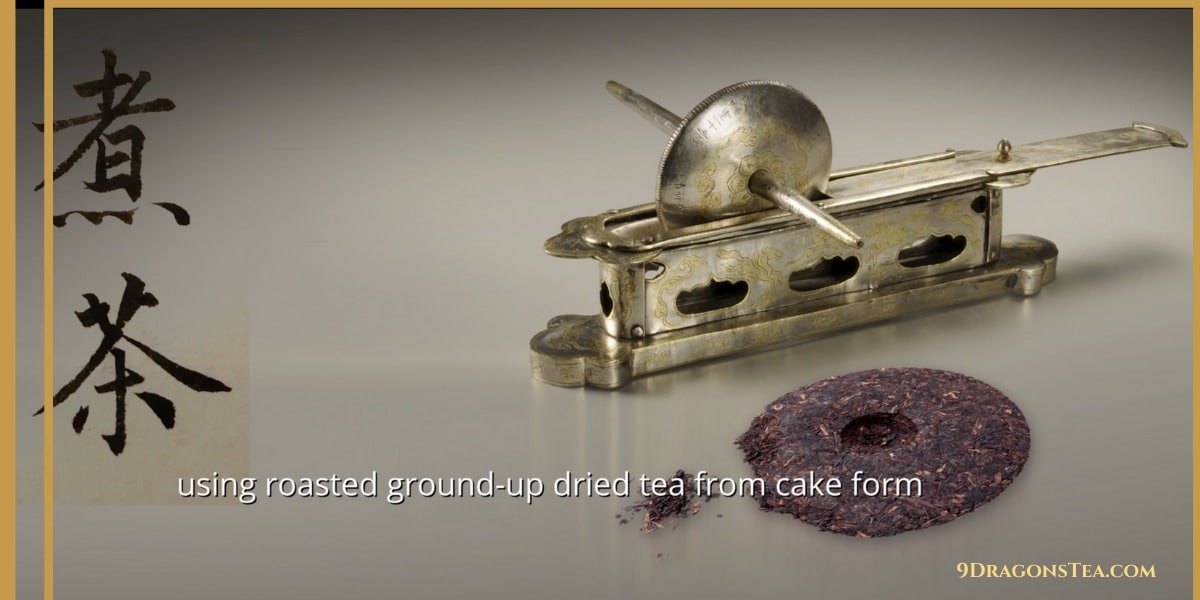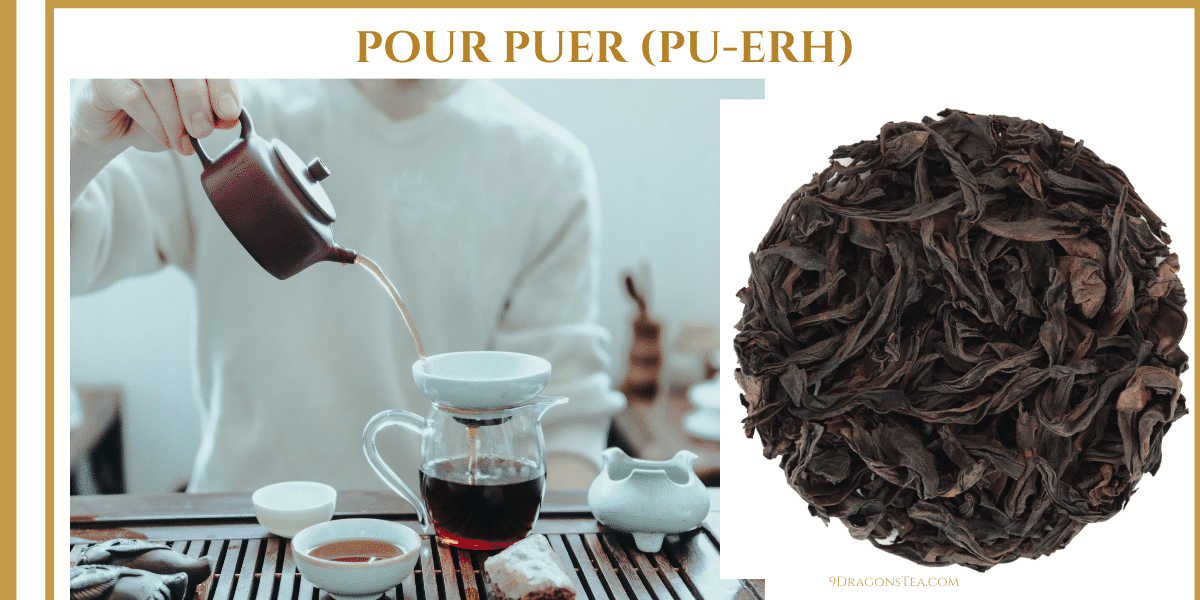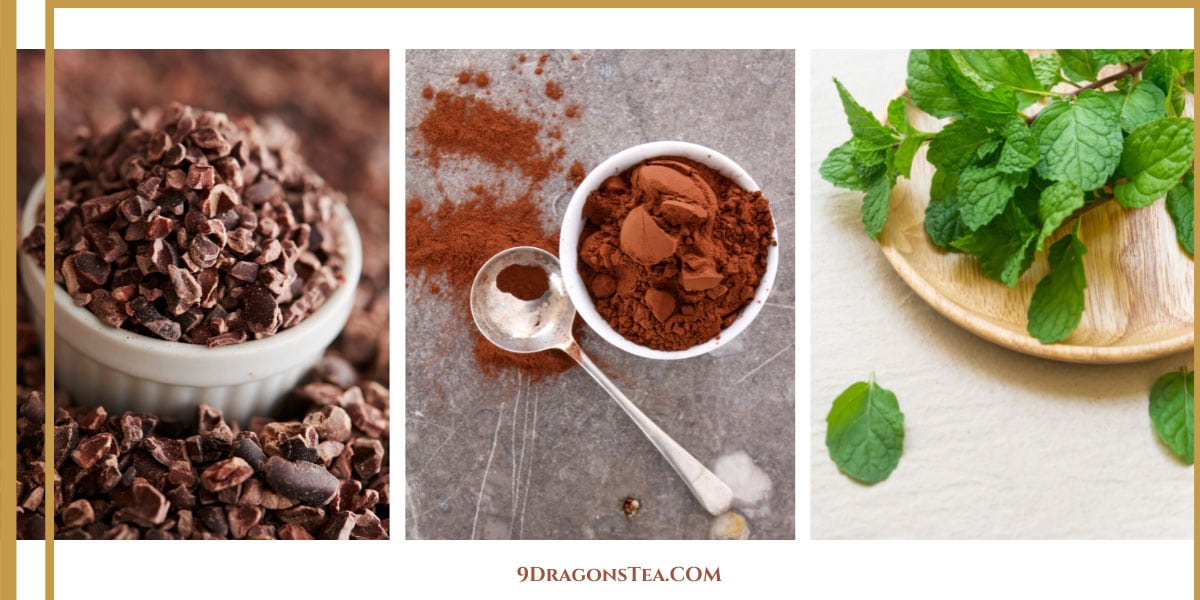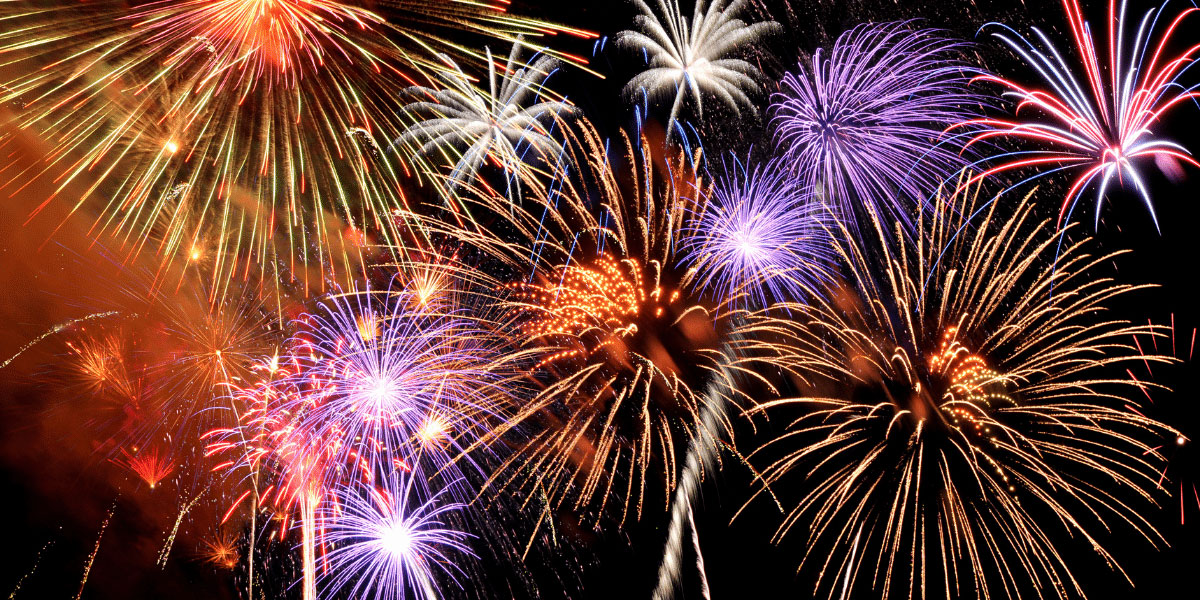
Origin Of Black Tea
Lapsang Souchong Influenced The World
A sip of culture for your thoughts


Tranquil and aesthetically beautiful, the Japanese Tea Ceremony has attracted a worldwide following. This 500-year-old tea tradition traces back to the Chinese Song dynasty (960AD to 1279 AD). Using Matcha green tea powder, the Japanese Tea Ceremony is inextricably linked to the history of tea and Chinese tea culture.
This article will discuss the evolution of Chinese tea drinking throughout history and how tea spread spiritually as traveling Japanese monks returned home from their studies in China.
Since ancient times, Chinese monks cultivated tea as a way of life and consumed the beverage for its health benefits and spiritual values.
Tea was philosophy. Tea was a way of life. Through the hard work of tea making, one achieved enlightenment. It’s similar to French Cistercian monks who first cultivated wine in Burgundy.
So let’s step into this magical world of tea and trace her roots.
The Japanese term “Matcha” derives from “Whipped tea” or “Dian Cha” 点茶 in Chinese—a fashionable tea-drinking custom during the Song Dynasty.
Similar to the art of tea-making, the tradition of tea-drinking evolved throughout the millennia in China. Thanks to the Buddhist monks, tea drinking spread to neighboring countries such as Japan during the Tang dynasty (618-907 A.D.). Learn more about the mystical origin of tea and Chinese tea culture.
Did you know that steeping tea with loose leaves in a teapot is a 700-year-old custom? All because the Ming Emperor of China wanted loose leaf tea! And who can blame him?
Here are seven significant milestones of how the tea-drinking practice evolved in China, giving birth to Matcha Green tea and the Japanese Tea Ceremony.
Bowl Season (Not football, silly)
Tea was discovered in ancient China by Shen Nong, who boiled the leaves into tonic as medicine. This tea-drinking practice continued for a few thousand years up to the Tang dynasty.
In ancient China, tea was compressed into cake form for ease of transportation and preservation. People ground tea cake pieces into powder and cooked them with ginger, mint, scallions, citrus peel, etc. “Tea soup” was the desirable drink at the time.
Powder Power!
Enter Lu Yu, the world’s esteemed tea sage from the Tang Dynasty. Lu Yu shunned “Tea soup” and promoted “Powdered tea” in “Chajing,” or “Classic of Tea”—the world’s first book on tea (published in 780 A.D.)
In his book, Lu Yu illuminated CHA DAO or THE WAY OF TEA (茶道.) The ancient tea connoisseur treated tea drinking as an art form, infusing etiquette, aesthetics, and philosophy into tea drinking. For example, Lu Yu introduced the holy nature of using pristine spring water, exquisite teaware and utensils, and the proper boiling temperature to make a perfect tea bowl.
The renowned tea connoisseur detailed that to make proper Powdered tea, one was to ground tea into powder, then infuse it into a pot of hot water, slightly boiled, adding a pinch of salt.
Fun Facts
Do you know the meaning of fish eyes, shrimp eyes, and crab eyes?
Hint: They have to do with various boiling temperatures to make tea.
In the ancient days, Chinese southerners measured water boiling temperatures by the size of three eyeballs: crab eyes, shrimp eyes, and fish eyes. (They did all this without the microscope!)
So true and wise to this day. Imagine, back a couple of thousand years when there was no digital temperature gauge. Or, hello, whistling tea kettles? How ingenious.
The bigger the eyeball size, the stronger the boil.
Lu Yu made his Powdered tea at the “Crab eye” boiling temperature.
Lu Yu brought a new craze for sophisticated tea-things such as teacups, tea sets, and utensils in China. This Tang Dynasty tea-making set was excavated from the Famen Temple of China.

Whip It, Whip It Good.
During the Song Dynasty, Cooked tea evolved into Whipped tea, in which tea was whipped by hand until tiny bubbles formed into a head of foam. Thus, a tea latte without milk was born! (Hello Starbucks.)
In ancient China, this 10th-century tradition became a tea-drinking frenzy and a national pastime over what’s known as “Tea Battles” or Cha Dou茶斗 in Chinese. Tea-makers competed for the title “King of Tea” based on the frothiness of one’s Whipped tea and the size of bubbles in the foam.
These tea tournaments took place throughout the southern regions of China (Their form of Breakdancing.)
Today, this Song custom still thrives in Wuyi Shan as tea battles are held annually in November.
Divinely Disruptive Dispensation of Tea.
Towards the end of the 14th century, the newly established Ming dynasty ushered in a new tea era.
The art of tea-making evolved, and loose tea was born. This practice gave birth to the method of tea steeping as we know it today.
A 700-year tradition, Steeped tea introduced new Chinese things, such as teapots, gaiwan, tea utensils, tea caddies, etc.
This Ming tradition spiritually flowed to Japan from the pouches of traveling Buddhist monks.
Birth of Tea Rituals
Zen and tea fit together like hand in glove. This has been the case since ancient China.
The Zen Tea Ceremony originated at the Mount Tai temple in Shandong province. Then this tea ritual spread from temple to temple throughout China.
When Japanese monk scholars visited China during the Tang dynasty, they took tea back to Japan.
But tea remained relatively underground, incubating and quietly percolating within the religious society and the warrior class (Hello Shogans!) This lasted more than 700 years!
It wasn’t until the 16th century when tea reached full bloom, flowing through all levels of Japanese society.
Tea Was Right All Oolong!
Around the mid-1600s (Qing Dynasty), Buddhist monks invented Oolong tea. And a new tea-tasting ritual was born! The Gong Fu Cha Ceremony was created to fully appreciate this semi-fermented tea.
The practice of Gong Fu Cha spread throughout the southern regions of China. Today, this widely practiced tea-tasting ritual varies from region to region due to local customs.
In your future travels in the southern parts of China, I highly recommend that you make it part of your adventure to experience local Gong Fu Cha. It’s like wine-tasting, except you’ll be sober, intoxicated by tea!
Remember Lu Yu and his “Cha Dao,” or The Way of Tea from the 8th century? The Japanese Buddhist monks highly revered Lu Yu and the tea sage’s philosophy. They then adopted Lu Yu’s “Cha Dao,” which became “Chado” in Japan.
Fun Facts
In 1503, the Japanese combined the custom of Whipped tea, ground-up Green tea invented in China around the 10th century, Step 3), and named it Matcha.
Combining Matcha and Lu Yu’s Cha Dao, these elements became the tenet of the Japanese Tea Ceremony, as we know it today.
Called Chado or Chanoyu, the Japanese Tea Ceremony exemplifies the beauty and aesthetics of a well-preserved Song Dynasty tradition that dates back more than 1,000 years in China.
All this talk of tea drinking is making me want to take a sip of tea! How about you? As you know by now, the tradition of tea drinking has come a very long way, over 2,000 years!
Today, besides steeping loose tea leaves to make a pot of tea, you could also enjoy the convenience of making a cup of tea using a teabag, an entirely different story for another day.
I hope you’ve enjoyed reading this fascinating story of the long spiritual journey of where did Matcha originate. For all of you green tea lovers, you’ll be happy to know this drink is packed with abundant health benefits.
Happy sipping!
Brimming with ZEST. Consummate cultivator of ideas from sparks to fruit-bearing adventures. I love pursuing worthy causes elevating the human spirit. Care to join me for tea?

Lapsang Souchong Influenced The World

“Pu-erh tea: A sensory bond between the good earth and your soul” — Christy Hui

A perfect blend for tea and chocolate lovers!

Aka Lunar New Year or Spring Festival (春節), CNY in Hong Kong comes with fantastic customs to bring good luck. Just don’t wash your hair!
Join the Tea Party
Get exciting news on the film and
special events poured straight into your inbox.
9 DRAGONS TEA is a registered trademark & © 2020-2024 ActionFliks Media Corp. All Rights Reserved. | Privacy Policy | Terms of Use
9 DRAGONS TEA is a registered trademark & © 2020-2024 ActionFliks Media Corp. All Rights Reserved. | Privacy Policy | Terms of Use